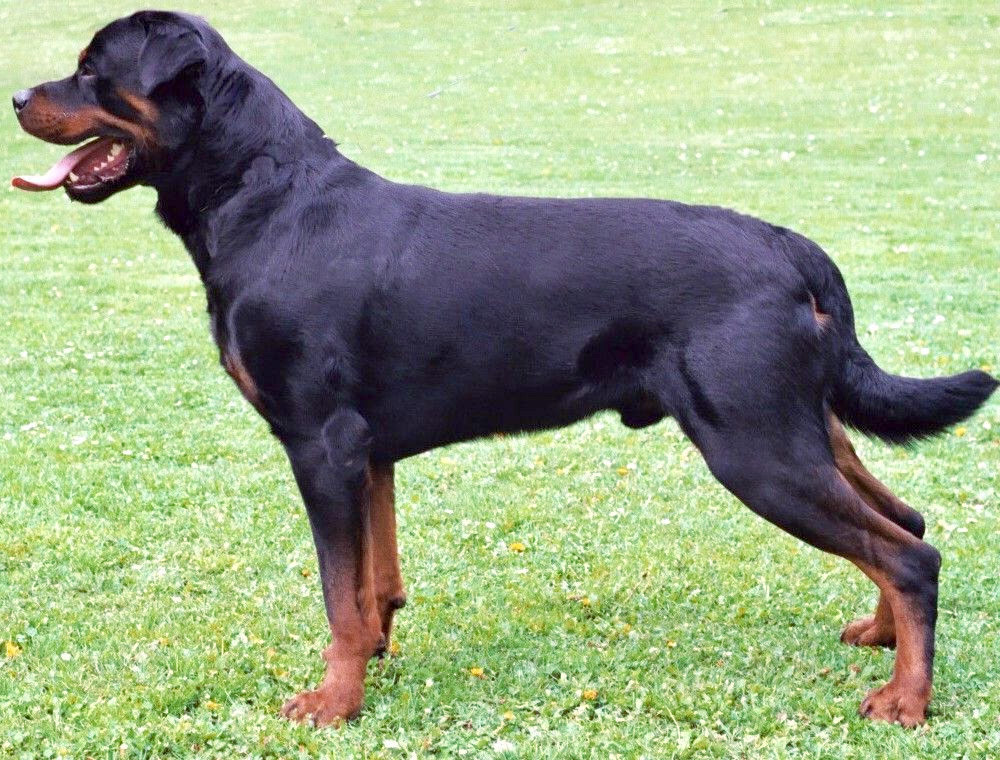I had an idea for a creature in my world: the enchanced canine.
Basically, they were dogs, mostly German shepherds, that were used by a police organization in the United States. These policemen, wanting better fighting dogs, made a contract with a bioengineering company that enchanced the dogs. The changes they made, in order, were-
- Increasing the dog’s muscle mass and strength.
- Increase their speed
- Increase the dog’s intelligence to make them more social, more obedient to train, and able to carry out basic tactics on their own.
- Better eyesight
Then, I planned on an apocalypse happening, and all these dogs being stranded in a new, more hostile world without their owners. And eventually, after a few generations, going wild. Mixing with gray wolves (who’s populations spread with the lack of humans), other dogs, and eventually forming packs that terrorize survivors, both human and animal alike.
My question is, is someone like this realistic, or plausible? Are all these changes within the realms of genetic engineering?


